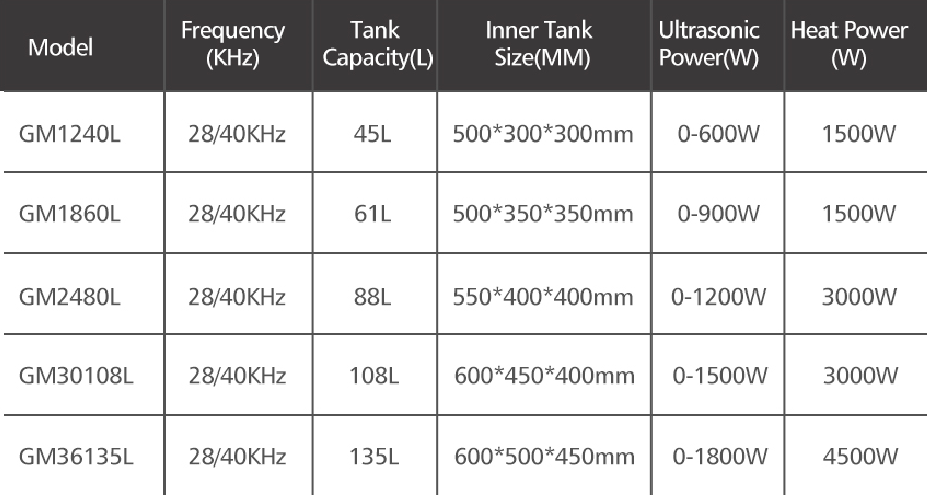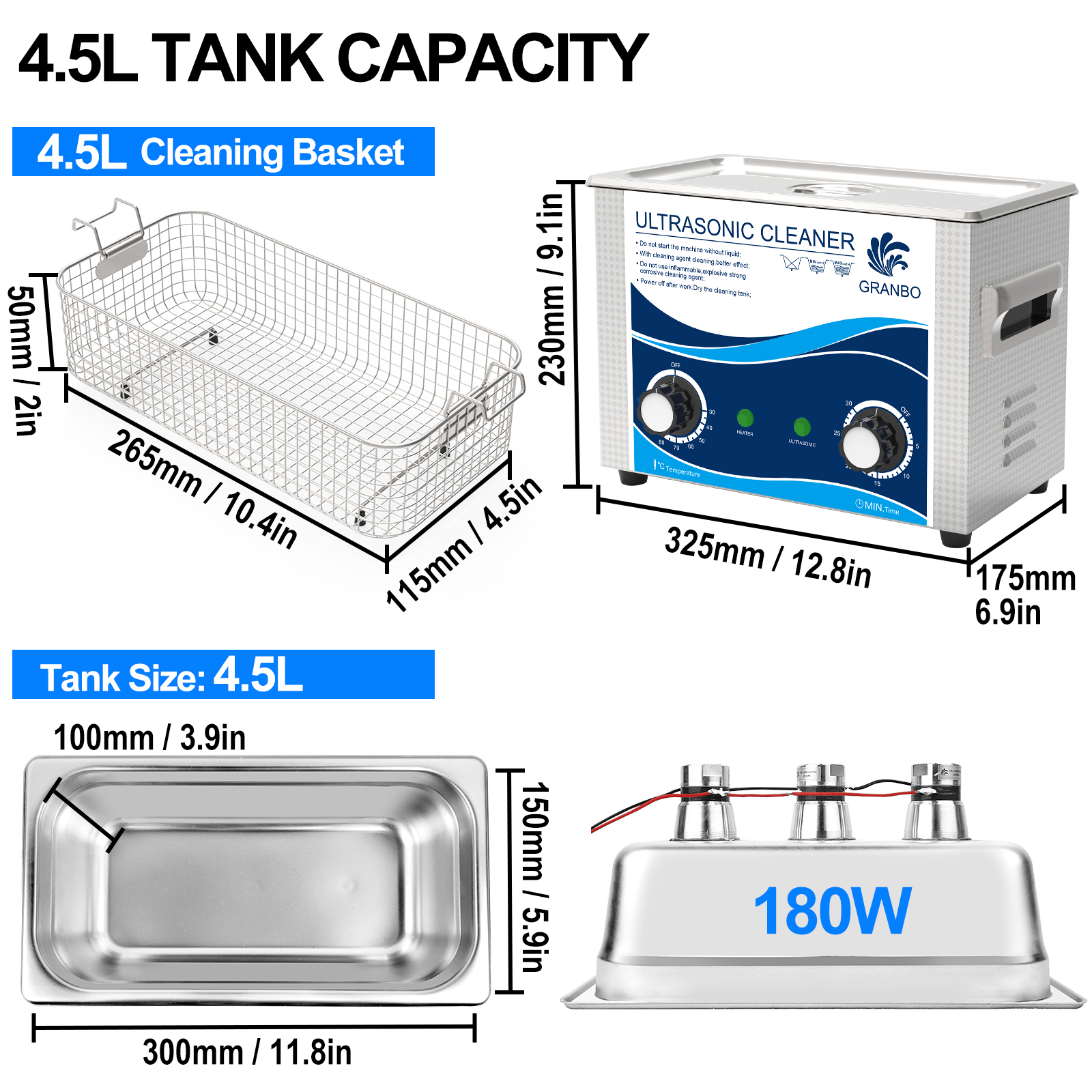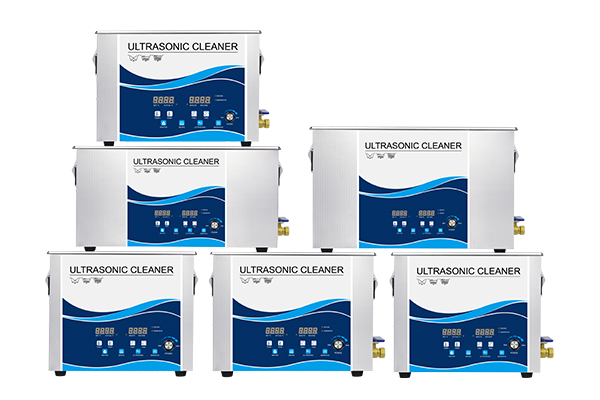
Ultrasonic cleaning technology has become a cornerstone in a wide array of industries, ranging from healthcare and manufacturing to electronics and jewelry. The fundamental principle behind ultrasonic cleaning lies in the use of high-frequency sound waves to produce microscopic bubbles in a cleaning solution, which collapse to create intense energy that effectively removes contaminants from surfaces. The efficiency and precision of this method make it ideal for cleaning delicate, complex, or heavily soiled items.
However, to meet the diverse needs of various applications, ultrasonic cleaning equipment is available in different designs, each tailored to specific cleaning tasks. Understanding these design types is crucial for selecting the right equipment that offers the best performance for particular applications. In this article, we dive into the different design types of ultrasonic cleaning equipment, explaining how each works and their advantages.
1. Overview of Ultrasonic Cleaning Equipment
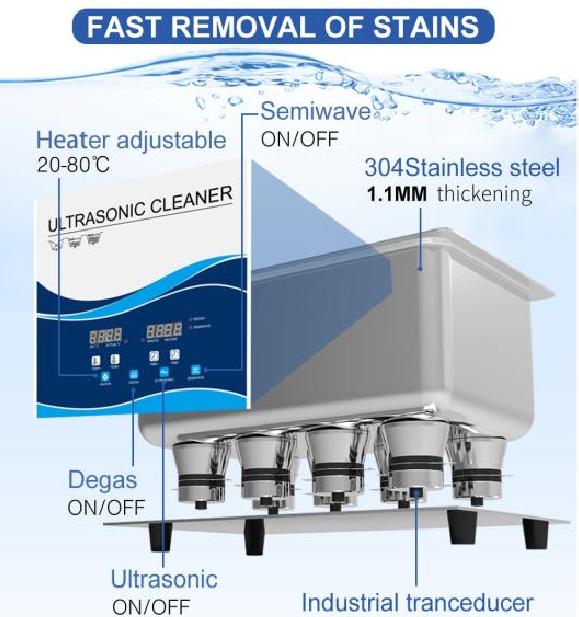
Ultrasonic cleaning equipment consists of several key components that work together to deliver a high-performance cleaning process. These components include a transducer, which generates the ultrasonic waves, and a tank or chamber that holds the cleaning solution and the items being cleaned. The sound waves produced by the transducer create cavitation bubbles within the cleaning solution, which burst and dislodge dirt, grease, oil, and other contaminants.
While the technology remains consistent across different designs, the specific configuration and features of ultrasonic cleaners can vary significantly. These variations are designed to cater to different cleaning needs, whether for small precision instruments or large industrial parts. The primary types of ultrasonic cleaning equipment are bench-top cleaners, industrial units, and immersion cleaning systems.
2. Bench-Top Ultrasonic Cleaners
Bench-top ultrasonic cleaners are compact and efficient units designed for smaller-scale cleaning operations. They are ideal for cleaning items such as jewelry, small medical instruments, electronics, and laboratory equipment. These units are often used in environments where space is limited but precision cleaning is still required.
2.1. Design Features

- Size and Portability: Bench-top ultrasonic cleaners are smaller and more portable than industrial models. They can be placed on a workbench or table, making them ideal for small businesses, laboratories, or personal use.
- Tank Capacity: The tanks of bench-top cleaners are usually smaller, with capacities ranging from 0.5 liters to 5 liters, depending on the model.
- Control Options: These units often come with adjustable frequency and temperature controls, allowing users to fine-tune the cleaning process. Some models even feature timers for automatic cleaning cycles.
2.2. Advantages
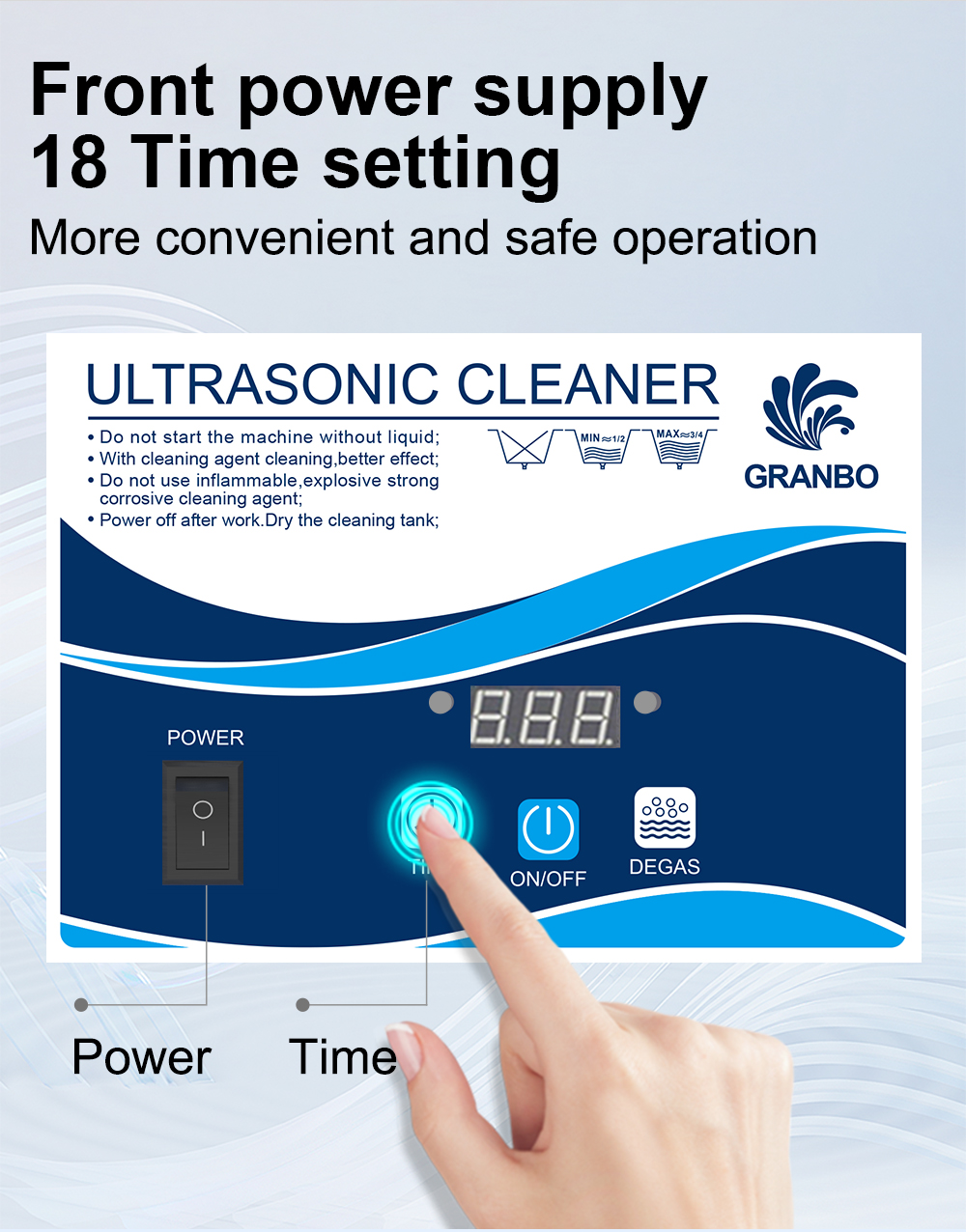
- Compact and Easy to Use: These units are user-friendly and require minimal setup. Their compact size allows them to fit into small spaces, making them ideal for environments with limited room.
- Cost-Effective: Bench-top cleaners are generally more affordable than larger industrial units, making them a practical choice for small businesses or home use.
- Versatility: Despite their smaller size, bench-top ultrasonic cleaners are highly effective for cleaning a variety of items, from jewelry and watches to small mechanical parts.
3. Industrial Ultrasonic Cleaners
Industrial ultrasonic cleaners are large-scale machines designed for high-volume or heavy-duty cleaning applications. They are commonly used in manufacturing, automotive, aerospace, and medical industries, where the demand for cleaning large or complex parts is high. Industrial ultrasonic cleaners are built to handle large tanks, higher power outputs, and the cleaning of larger items.
3.1. Design Features
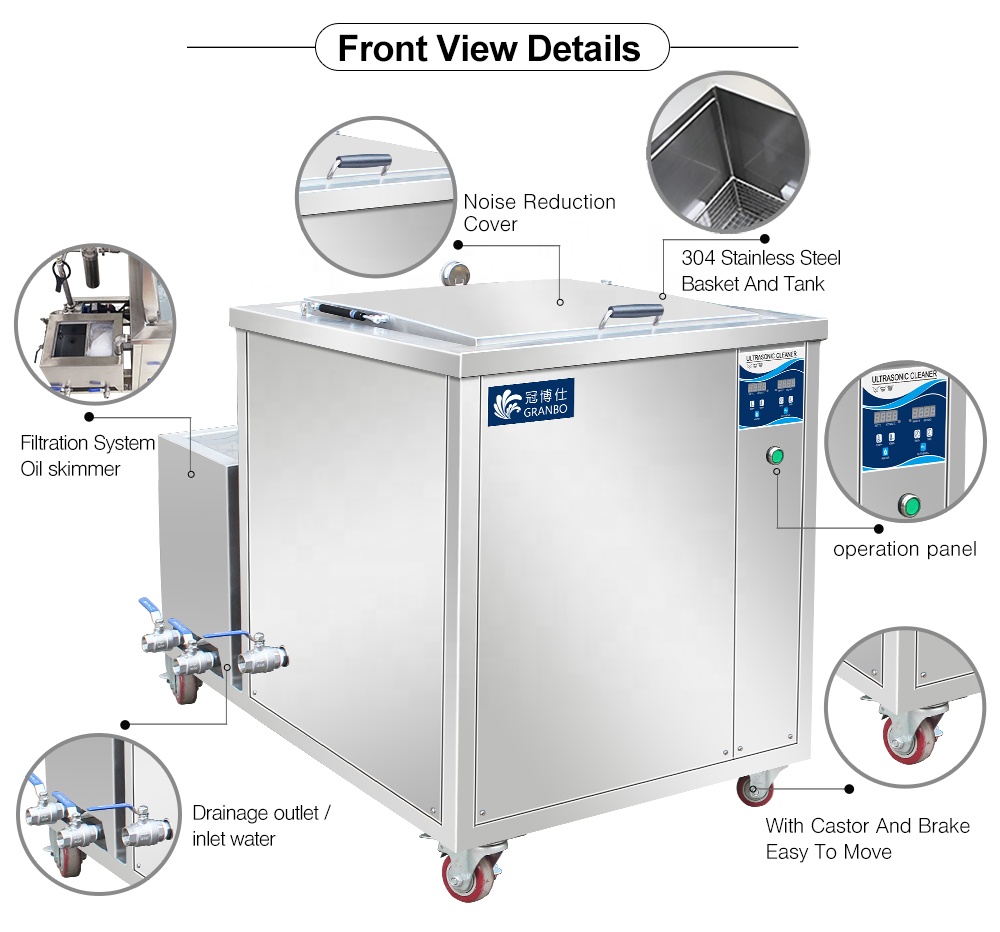
- Large Tank Capacity: Industrial cleaners have much larger tanks, with capacities that can range from 10 liters to over 200 liters, depending on the model. This makes them ideal for cleaning bulk items or large parts.
- High Power Output: Industrial ultrasonic cleaners are typically more powerful, generating higher frequencies and more intense cavitation to handle tougher cleaning jobs.
- Customization Options: Many industrial units can be customized with specific features, such as multiple transducers, heaters, filtration systems, and automated conveyor systems.
3.2. Advantages
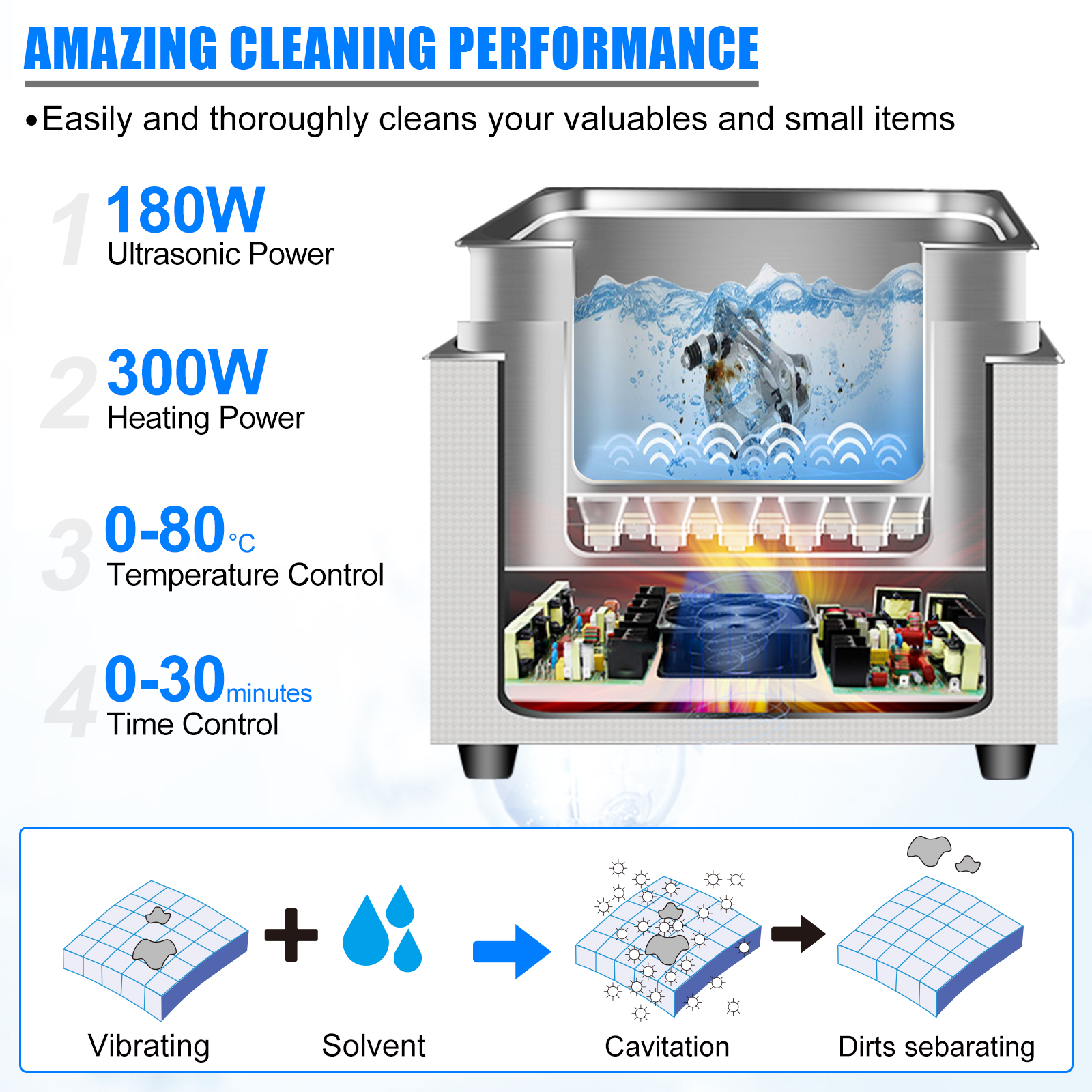
- High Capacity and Efficiency: Industrial ultrasonic cleaners can clean a large number of items or large parts in a single cycle, making them efficient for high-volume operations.
- Tougher Cleaning Power: The greater power output allows these units to remove tough contaminants such as grease, oil, and heavy dirt that smaller units may struggle with.
- Advanced Features: Features such as adjustable temperature controls, filtration systems, and multi-frequency settings allow for more precise and tailored cleaning.
4. Immersion Ultrasonic Cleaning Systems
Immersion ultrasonic cleaning systems are used when parts need to be fully submerged in the cleaning solution. These systems are typically used for very large or heavy items that need deep cleaning, such as automotive parts, engine components, or industrial machinery. The design of immersion cleaners allows for the uniform cleaning of large parts without having to manually handle or rotate the items.
4.1. Design Features
- Submersion Tank: Immersion systems consist of large tanks that fully submerge the items in the cleaning solution. These tanks are designed to accommodate a variety of part sizes, ensuring complete coverage by the ultrasonic waves.
- Multiple Frequency Settings: Some immersion systems allow users to switch between different frequencies to handle different cleaning challenges. Higher frequencies are used for delicate or small parts, while lower frequencies are used for more aggressive cleaning.
- Temperature Control: Like other ultrasonic cleaners, immersion systems often come with adjustable temperature controls, which can enhance the effectiveness of the cleaning process, especially when dealing with oils or greasy substances.

4.2. Advantages
- Complete Coverage: Since the items are fully submerged, immersion systems ensure that all surfaces of the parts are cleaned evenly.
- High-Capacity Cleaning: These systems can accommodate large or multiple parts at once, making them ideal for industries that require large-scale cleaning processes.
- Automated Features: Immersion systems are often equipped with automated controls, such as timers and temperature regulation, which help maintain consistent cleaning quality.
5. Specialized Ultrasonic Cleaners
In addition to the standard designs, there are also specialized ultrasonic cleaners tailored for specific industries or cleaning tasks. These systems are often customized to address particular challenges or requirements.
5.1. Medical and Dental Ultrasonic Cleaners
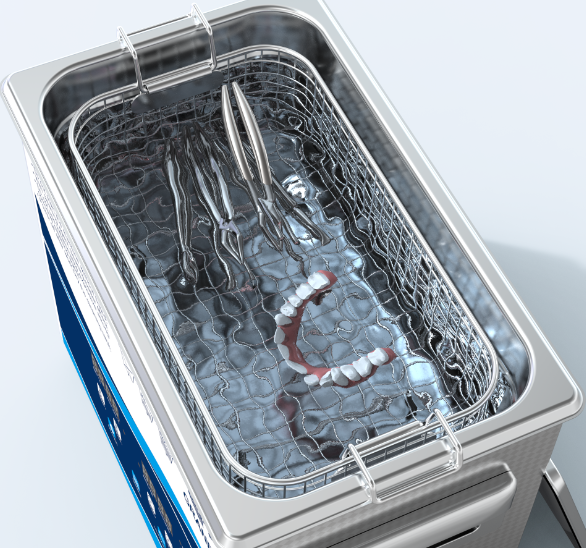
Medical and dental ultrasonic cleaners are designed with stringent hygiene standards in mind. These cleaners are used to sterilize and clean delicate instruments, such as surgical tools, dental handpieces, and orthodontic devices. These systems are often equipped with advanced filtration and sterilization features to ensure that the items are thoroughly cleaned and free from contaminants.
5.2. Jewelry and Watch Ultrasonic Cleaners
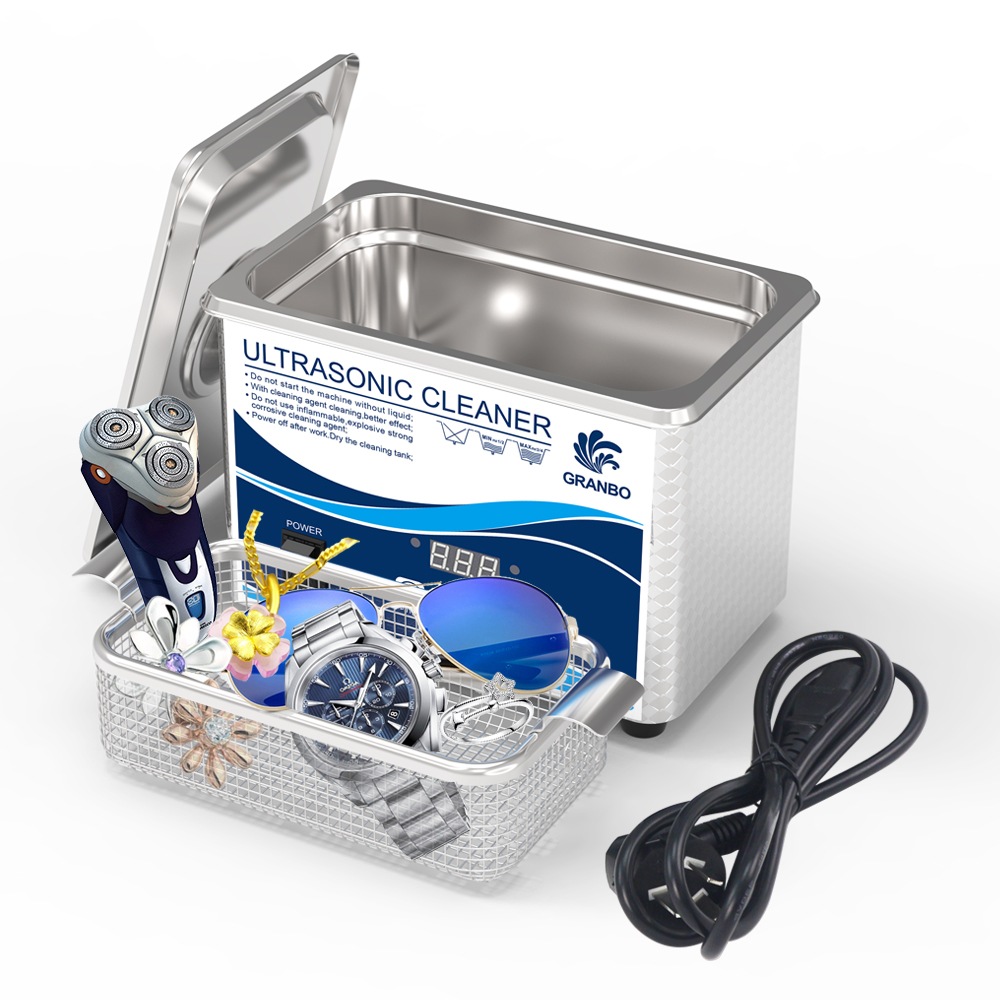
Jewelry ultrasonic cleaners are compact and designed specifically for cleaning fine jewelry, including rings, necklaces, earrings, and watches. These units often feature gentle cleaning modes that use lower frequencies and adjustable temperature settings to avoid damaging delicate gems or metals.
5.3. Laboratory Ultrasonic Cleaners

Laboratories use ultrasonic cleaners for cleaning glassware, laboratory instruments, and sample containers. These units are designed to remove chemicals, biological residues, and other contaminants from lab equipment without leaving behind any traces that could interfere with experiments or results.
6. Factors to Consider When Choosing Ultrasonic Cleaning Equipment
Selecting the right ultrasonic cleaner for your needs requires careful consideration of several factors:
6.1. Size and Capacity
The size and capacity of the ultrasonic cleaner should match the volume and size of the parts you need to clean. If you need to clean large or heavy items, an industrial or immersion system may be necessary. For smaller or delicate items, a bench-top unit may be more appropriate.
6.2. Frequency and Power
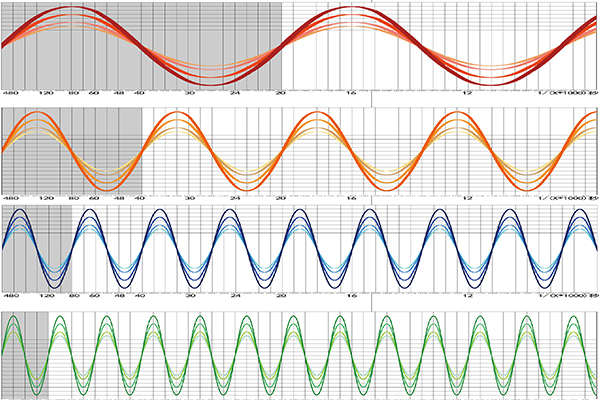
Different cleaning tasks require different ultrasonic frequencies and power levels. Higher frequencies (over 1 MHz) are ideal for delicate items like jewelry or medical instruments, while lower frequencies (below 40 kHz) are better for tougher, more heavily soiled items.
6.3. Custom Features

Consider whether you need specialized features such as temperature control, automated cleaning cycles, filtration systems, or multi-frequency settings. These features can greatly enhance the efficiency and precision of the cleaning process.
Final Thoughts
Ultrasonic cleaning equipment comes in a variety of designs to suit the specific needs of different industries and applications. From compact bench-top models to large industrial immersion systems, there is a cleaning solution for virtually every requirement. By understanding the differences

